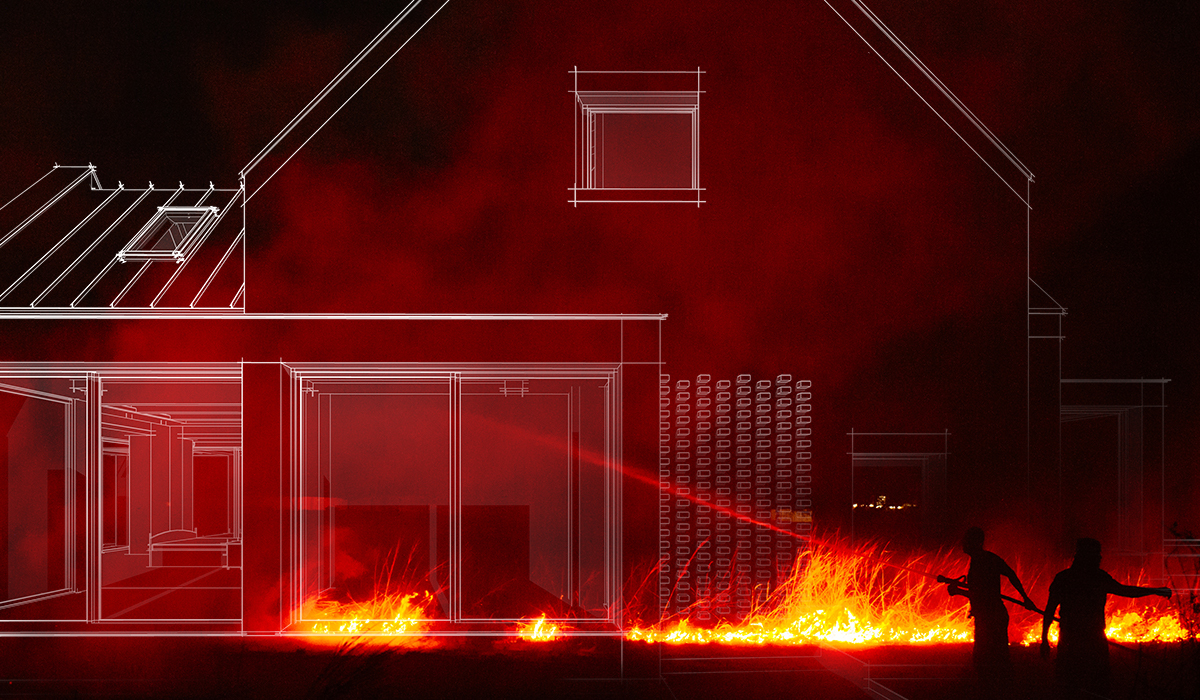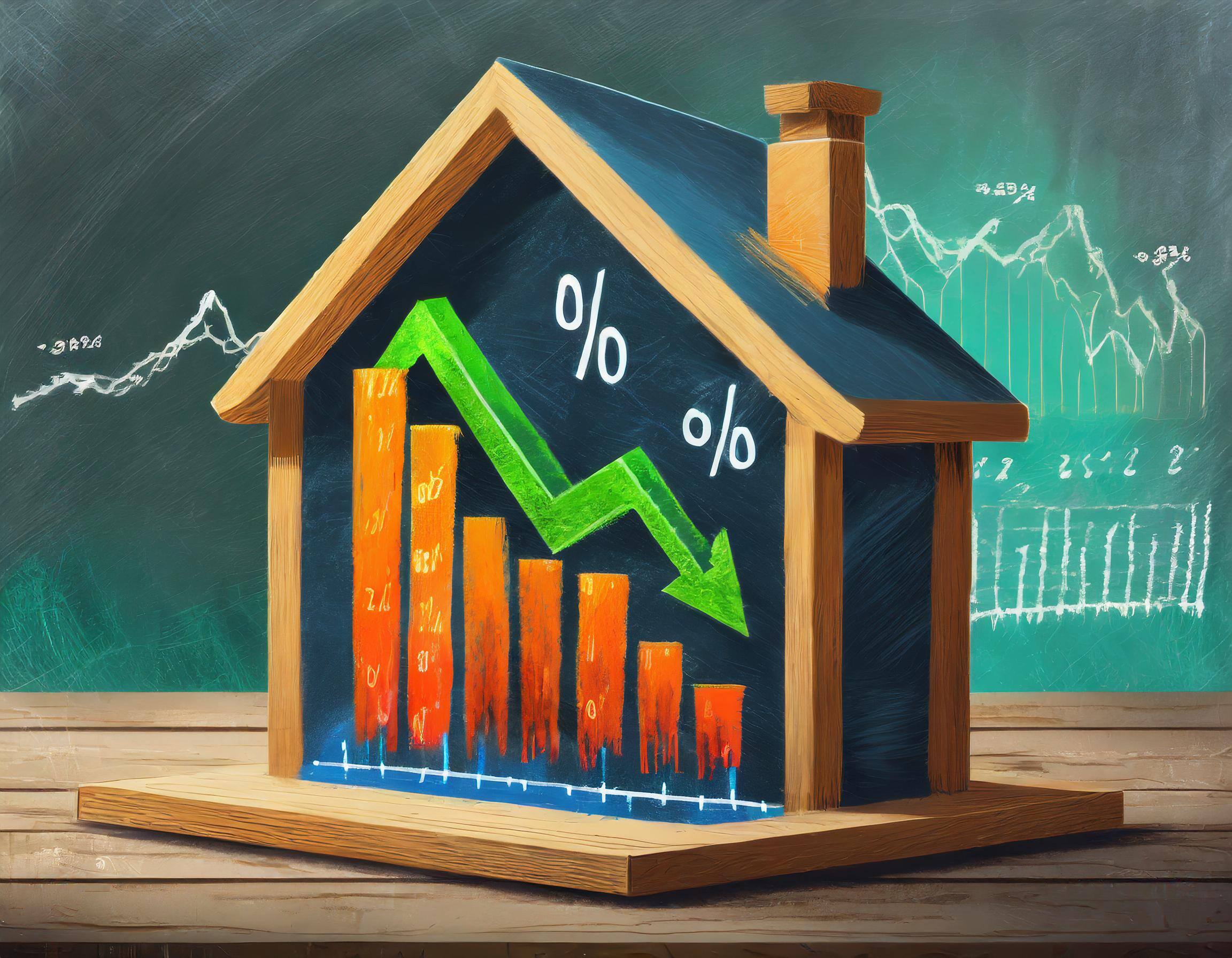Carrying homeowners insurance is an integral part of owning a home - and so is paying the insurance premiums. Lenders include your monthly homeowners insurance premium in your qualifying debt-to-income ratio calculation. (learn more about qualifying ratios in this article.)
Brace yourself - premiums are rising sharply across the country. In fact, according to the Triple-I Blog, from the Insurance Information Institute, insurance rates have gone up nationwide by an average of 11.4% since 2017. They based their analysis on information from S&P. And most insurance industry experts see this trend continuing.
Along with (what feels like) every single thing in our economy - and our lives, the cost to carry homeowner’s insurance is increasing for several reasons. We’re going to break down everything we’ve learned about the issues driving the increase so you can use it to manage this permanent cost.
BEHIND THE PRICING OF HOMEOWNER’S INSURANCE
Let's talk about the usual factors that determine insurance rates for homes. Insurance companies look at each home individually and evaluate details like the home's age, the roof's age, and the house's location.
For the location, they note if the home is located in an area prone to weather-related risks, if it's in a high crime area, or if it's close to a fire station and hydrants. In California, wildfire risk is another major location factor taken into consideration, and how near the home is to the coast or other large bodies of water.
Aside from these physical factors, the analysis includes any past claims filed by the homeowner, large or small. If the potential insured has a history of filing claims, it's a solid indicator to the insurance company of likely future claims.
Marital status is another factor used to determine the premium charged. Insurance companies know that statistically, single individuals are more likely to file a claim than married couples. One factor used in many parts of the country - the insured's credit history - is not allowed to be considered in California.
Finally, if your home has features like a swimming pool or trampoline or is used as an Airbnb, they will impact the premium.
WHAT’S THE COST OF REBUILDING?
The ultimate reason for carrying homeowner's insurance is to finance the cost to replace the home in the event of a total loss - regardless of what caused it. Explaining how a home's replacement cost is calculated leads to why premiums are now increasing.
Let's use the example of a home burning down completely. The insurance allows you to rebuild your home exactly as it was before the fire. Mortgage lenders require borrowers to carry homeowner's insurance so the proceeds will pay off the mortgage entirely but, ideally, rebuild and continue making their regular payments.
Insurers primarily look at the cost of lumber and labor in the homes' specific area to determine a price per square foot to rebuild. This price is applied to the home's square footage, the number of rooms, and any unique features. Once all the other factors above are analyzed, replacement cost is calculated.
And there's a difference between the purchase price you paid for your home and the replacement cost. Rebuilding your home in case of a total loss doesn't involve the land it sits on that was part of the purchase price.
RISING COSTS
There isn’t a single reason homeowner’s insurance premiums are increasing. Please take a look at the major factors causing them to rise:
In the most simple terms, premiums are an insurance companies revenue source, and claims are the most significant expense. The more claims insurance companies payout (increased cost), the more revenue is required to offset it (revenue), and insurance companies have been paying a lot of claims in the last five years.
According to the Insurance Information Institute, insured damage from 2017 to 2021 reached a combined $400 billion (yes, that’s with a “B”) due to severe weather events and wildfires. The effects of hurricanes, tornadoes, severe ice storms and wildfires in several states totaled $82 billion during 2021 alone, perTriple-I.
Paying for the insured damages is one component of rising premiums. But when natural disasters strike, there’s inevitably a sharp increase in the price of labor and raw materials to rebuild. Suddenly, the replacement cost coverage in a homeowner’s policy isn’t enough to rebuild the home.
While these costs remain elevated for typically 6-9 months after a natural disaster - another, unique disaster has changed that landscape dramatically. Covid.
The Covid Pandemic turned the world upside down, severely impacting replacement costs, starting with the cost of lumber. Lumber companies initially anticipated a collapse in demand similar to what occurred in the Great Recession. But the opposite happened - and lumber demands soared without enough supply to meet it. For a time, this resulted in the price of lumber increasing exponentially, and while prices have dropped, they are continually volatile and much higher than pre-pandemic costs.
The pandemic has also contributed to rising labor shortages and costs to the construction industry. And the trifecta is completed by severe supply chain issues that impacted more than just toilet paper. All of these issues mean significantly higher insurance damage costs for insurance companies.
Lingering supply chain issues, along with the lingering pandemic, have contributed to the rise in inflation, currently reported at 7%. While most Economists expect these issues to eventually ‘cure’ themselves, the insurance industry has found it necessary to continue to file rate increases.
WHAT CAN YOU DO TO MANAGE YOUR INSURANCE COSTS
Seeing the rolling natural disasters happening regularly, it may feel like managing your insurance premiums is out of your control. Yes, you likely have experienced an increase in these costs and may continue to do so. But we’d like to pass along some recommendations from insurance experts that may help you offset, if not lower, this cost.
The number one recommendation is to meet with your insurance agent to review your coverage. If your policy has a replacement cost that doesn’t account for today’s raw material and labor prices - you will be financially responsible for all costs above your policy limits. And yes, this will increase your premium, but you can offset it.
First, consider increasing the deductible amount on your policy. Yes, you’ll be out of pocket for a larger amount on each claim you file, but the increased replacement coverage can save you tens of thousands of uncovered costs in the event of a loss. Also, make sure you do not include the cost of the land your home is built on in the replacement cost equation.
Other simple adjustments that translate into insurance cost savings include bundling your home and auto policies with the same carrier. Plus, check with your insurance agent for additional discounts you may qualify for - including loyalty discounts. Many companies apply this discount to long-term customers.
There may be things you can do to protect your home from severe damage in future natural disasters. Also, check on what you can do to increase your home security. Your insurance agent can share information with you regarding these and any other potential cost-saving measures.
For more information, check out this article from the Triple-I Blog for more ways to reduce your insurance costs.
Regardless of the current situation with homeowners’ insurance premiums, we strongly encourage you to make a point of reviewing your insurance coverage annually with your agent. A total loss can occur at any time, unrelated to a natural disaster. We hope you’ll use this article to help you review your home’s coverage.








